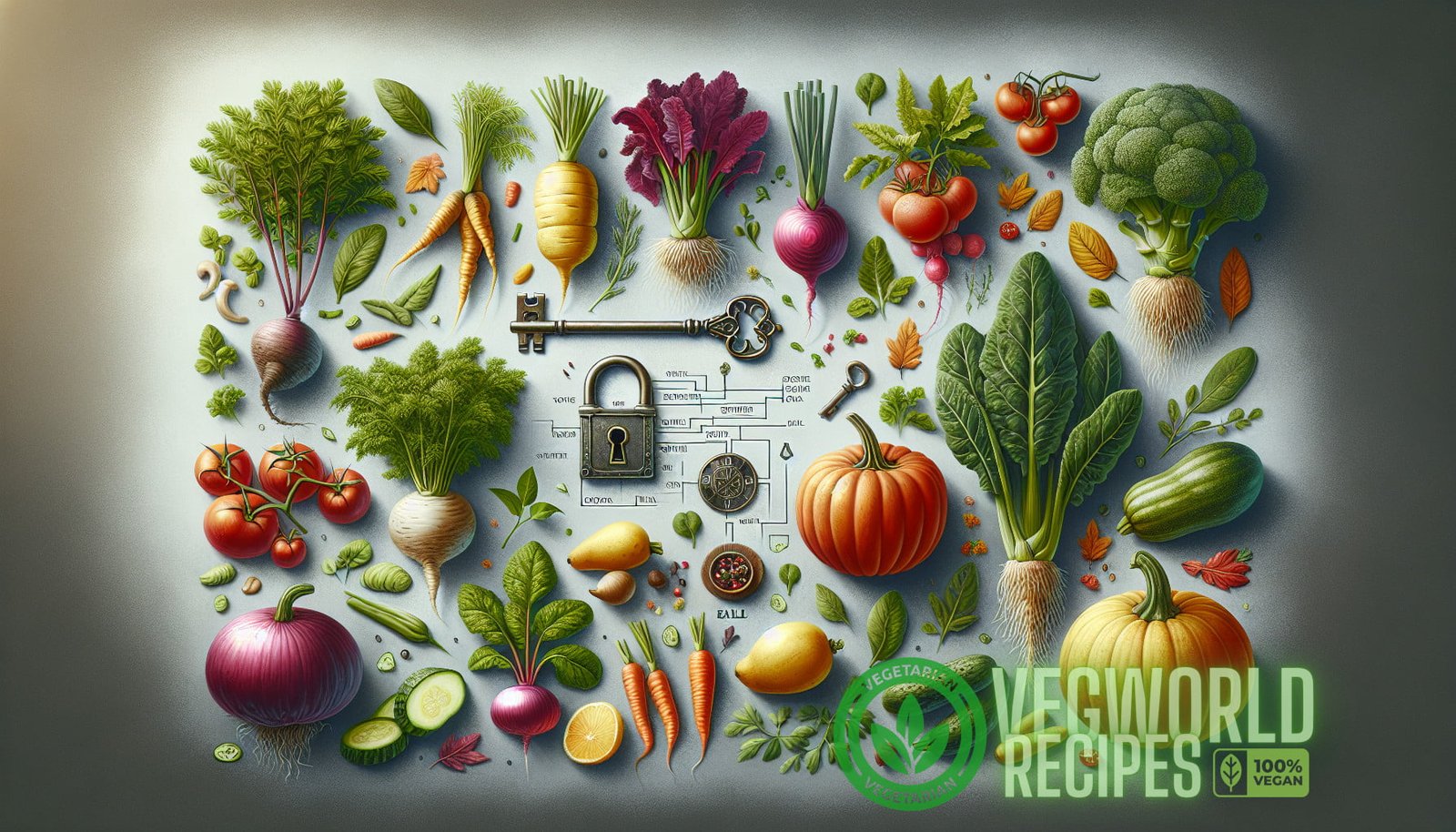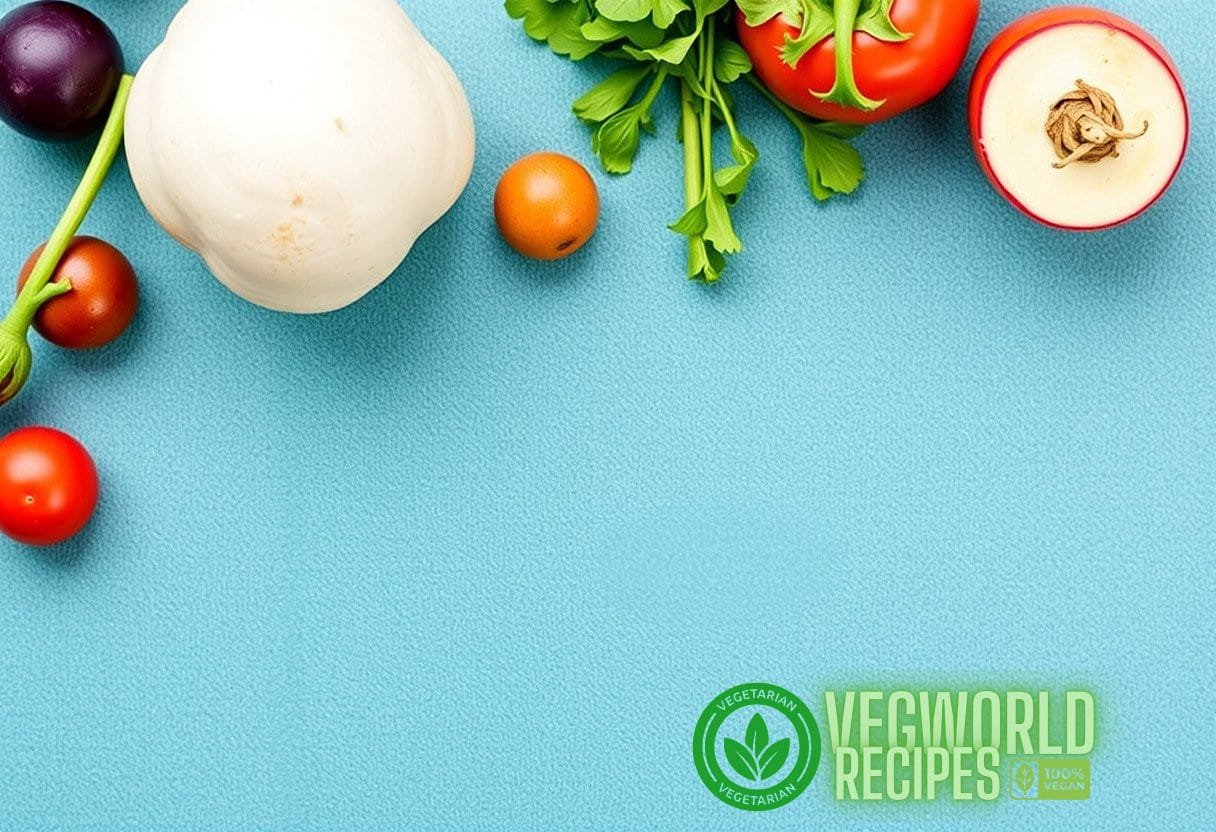Introduction
The Importance of Seasonal Flavor
When it comes to vegetables, freshness matters. Not only do fresh vegetables taste better, but they also provide a higher nutritional value. Seasonal flavor plays a significant role in maximizing the nutritional potential of vegetables. As vegetables grow in different seasons, their flavors and nutrient profiles can vary. Understanding the impact of seasonal variation on vegetable flavor is essential for creating delicious, nutrient-dense meals. In this article, we will explore the relationship between seasonal variation and vegetable flavor, and how it can impact the nutritional value of your meals.
Why Seasonal Vegetables Have Better Flavor
The flavor of vegetables is influenced by several factors, including the ripeness of the produce, the soil quality, and the climate during the growing period. Seasonal vegetables have the advantage of being grown and harvested at the peak of their flavor. Here are some reasons why seasonal vegetables have better flavor:
- Optimal Growing Conditions: Seasonal vegetables are grown in conditions that are ideal for their growth. For example, summer vegetables like tomatoes and cucumbers thrive in warm weather, while root vegetables like carrots and beets prefer the cooler temperatures of the fall and winter. When vegetables are grown in their preferred conditions, they develop their natural flavors to the fullest.
- Freshness: Seasonal vegetables are harvested at their peak ripeness, which ensures that they are at their freshest and most flavorful. Freshly harvested vegetables have a vibrant taste that cannot be replicated by produce that has been sitting in cold storage for an extended period.
- Flavor-Enhancing Nutrients: The nutrients in the soil also contribute to the flavor of vegetables. Seasonal vegetables that are grown in nutrient-rich soil are more likely to have a robust and delicious flavor. Organic farming practices, such as composting and crop rotation, can help improve soil quality and enhance the flavor of seasonal vegetables even further.
By choosing seasonal vegetables, you can ensure that you are getting the best possible flavor and nutritional value from your produce.
Seasonal Variation in Vegetable Flavor
Seasonal variation not only affects the flavor of vegetables but can also impact their nutritional content. Different growing conditions and environmental factors can alter the nutrient profile of vegetables. Here are some examples of how seasonal variation can affect the flavor and nutritional potential of vegetables:
Summer Vegetables
In the summer, vegetables like tomatoes, zucchini, and bell peppers are abundant. These vegetables have a bright, fresh flavor that is perfect for warm-weather cooking. The high temperatures and longer daylight hours of summer help these vegetables reach their full flavor potential. Plus, summer vegetables are rich in nutrients like vitamin C, potassium, and antioxidants, making them a healthy addition to your meals.
For more summer vegetable recipes, check out this article on VegWorldRecipes: Beat the Heat with Refreshing Summer Veggie Delights: Easy Vegetarian Recipes.
Fall Vegetables
In the fall, vegetables like pumpkin, butternut squash, and sweet potatoes take center stage. These vegetables have a rich, earthy flavor that is perfect for comforting, hearty meals. The cooler temperatures of the fall season allow these vegetables to develop complex flavors and natural sweetness. Fall vegetables are also packed with nutrients like vitamin A, fiber, and antioxidants, which are essential for maintaining a healthy immune system.
Winter Vegetables
Winter vegetables like Brussels sprouts, kale, and cabbage have a robust, slightly bitter flavor. These vegetables thrive in colder climates and can withstand frost, which enhances their taste. Winter vegetables are loaded with nutrients like vitamin K, vitamin C, and fiber, which are necessary for supporting overall health during the winter months.
Spring Vegetables

Spring vegetables like asparagus, artichokes, and peas have a fresh, delicate flavor. These vegetables are the first to emerge after the winter frost, and their arrival is often eagerly awaited by food lovers. Spring vegetables are packed with nutrients like folate, vitamin K, and fiber, which are essential for promoting healthy digestion and supporting overall well-being.
By understanding the flavor profiles and nutritional content of seasonal vegetables, you can make informed choices about which vegetables to incorporate into your meals throughout the year.
Maximizing Nutritional Potential
In addition to their delicious taste, seasonal vegetables also offer high nutritional value. By choosing vegetables that are in season, you can maximize the nutritional potential of your meals. Here are some tips for getting the most out of your seasonal vegetables:
Choose Locally Grown Produce
Locally grown produce is often harvested at its peak and sold soon after, ensuring maximum freshness and flavor. Purchasing vegetables from local farmers’ markets or joining a community-supported agriculture (CSA) program can increase your access to locally grown produce. Supporting local farmers also helps to strengthen the local economy and reduce the environmental impact of long-distance transportation.
Grow Your Own Vegetables
One of the best ways to ensure that you are getting the freshest, most flavorful vegetables is to grow them yourself. Even if you don’t have a large backyard, you can grow vegetables in containers on a balcony or patio. Gardening allows you to experience the joy of nurturing plants from seed to harvest while having full control over how your vegetables are grown.
Experiment with Different Cooking Methods
Seasonal vegetables can be enjoyed raw, roasted, steamed, stir-fried, or grilled. Each cooking method brings out different flavors and textures in the vegetables. Experimenting with different cooking methods can help you discover new flavor combinations and make the most of the natural flavors of seasonal vegetables.
Combine Different Seasonal Vegetables
Mixing different seasonal vegetables in your meals can create a flavor-packed dish that is as nutritious as it is delicious. Using a variety of vegetables allows you to benefit from the unique nutrient profiles of each vegetable. Don’t be afraid to get creative and try new combinations of seasonal vegetables in your recipes.
Pair Seasonal Vegetables with Complementary Flavors
Enhance the flavor of seasonal vegetables by pairing them with complementary flavors. For example, pairing sweet potatoes with cinnamon and nutmeg can bring out their natural sweetness, while adding lemon juice or vinegar to asparagus can help balance its earthy flavor. Experimenting with different flavor combinations can take your meals to the next level.
To learn more about unlocking the nutritional power of seasonal vegetables, check out this article on VegWorldRecipes: Unlocking the Nutritional Power of Seasonal Vegetables: Revealing the Impact of Freshness on Health and Well-Being.
In Conclusion
Seasonal flavor has a significant impact on the nutritional potential of vegetables. By choosing vegetables that are in season, you can enjoy the best flavor and highest nutritional value. The flavors of seasonal vegetables are influenced by factors such as optimal growing conditions, freshness, and flavor-enhancing nutrients. Understanding the flavor profiles and nutritional content of seasonal vegetables can help you make informed decisions about the vegetables you incorporate into your meals. By maximizing the nutritional potential of seasonal vegetables, you can create delicious, nutrient-dense meals that support your overall health and well-being.



